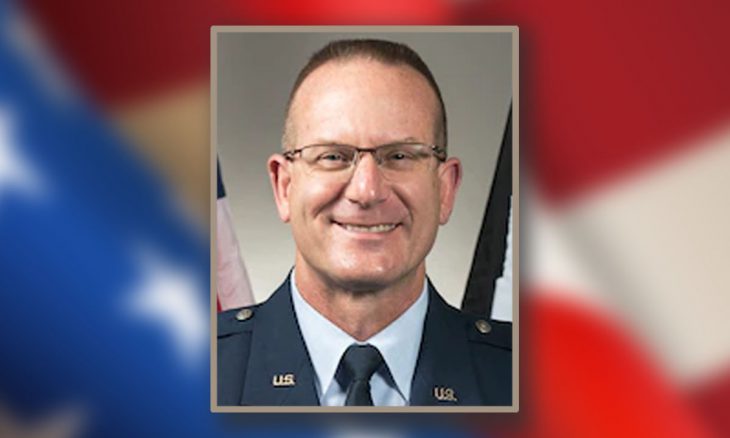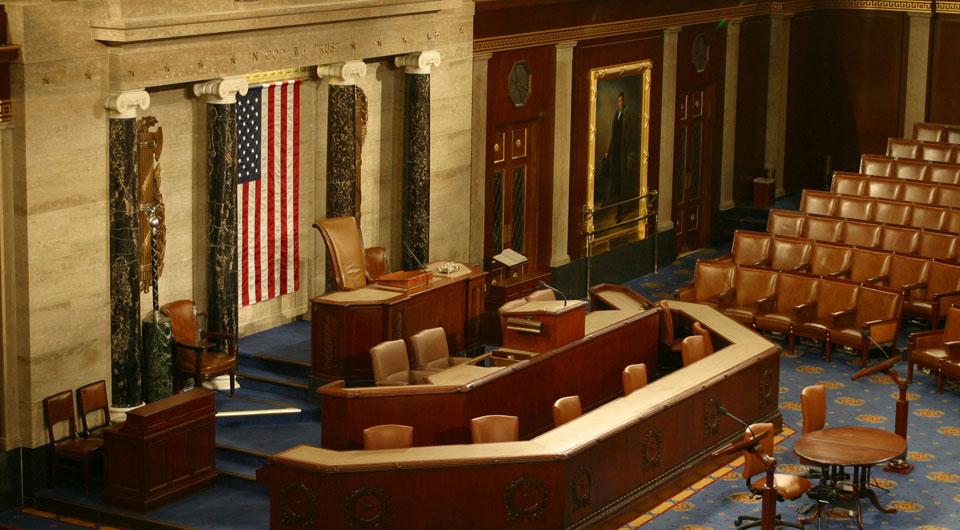Brigadier General Timothy Sejba
Space Systems Command Executive Officer, U.S. Space Force
Timothy A. Sejba was born in March 1972 in Papillon, Nebraska. He earned an undergraduate degree in computer engineering from the University of Minnesota-Duluth, where he was a member of the Air Force ROTC. He holds an M.B.A. from San Jose State University. He has also completed many other educational opportunities afforded him by the military.
He has served in a number of assignments primarily at stateside Air Force Bases or at the Pentagon, including as acting director of the Space Rapid Capabilities Office, the Director of Advanced Systems and Development Directorate at the Space and Missile Systems Center, and program executive officer for Space Enterprise and Director Enterprise Corps, at Space Systems Command.
Since March 2022, Sejba has been the program executive officer for Space Domain Awareness and Combat power, the program executive officer for Battle Management Command, and Communications, and the executive officer of the Space Systems Command in the U.S. Space Force.
In the News…
According to senior Space Systems Command (SSC) officials, the Space Force expects to choose a developer in June 2023 for its nascent Digital Bloodhound program. The program is intended to improve the detection of cyber threats to space ground systems.
SSC’s program executive officer for space domain awareness and combat power, Brigadier General Tim Sejba, said the project is an acknowledgment that cyber defense is required across the military’s entire space infrastructure, whether in orbit or on the ground.
“If we’re gonna protect and defend the architecture, it can’t be just something that we do against just the space threat. It’s got to be against the holistic threat of both space and cyber,” he stated at the Space Industry Days conference in Los Angeles.
He added that “defensive cyber operations and capabilities” are part of the SSC/SZ approach “so that we really do protect and defend the entire mission and the architecture against threats from both.”









